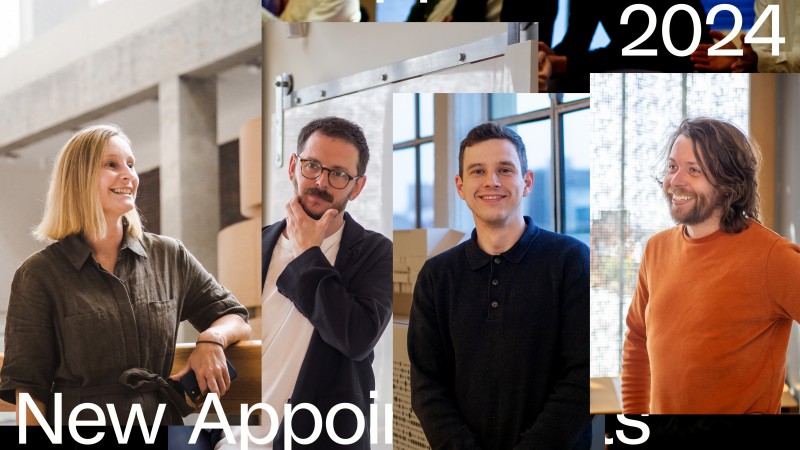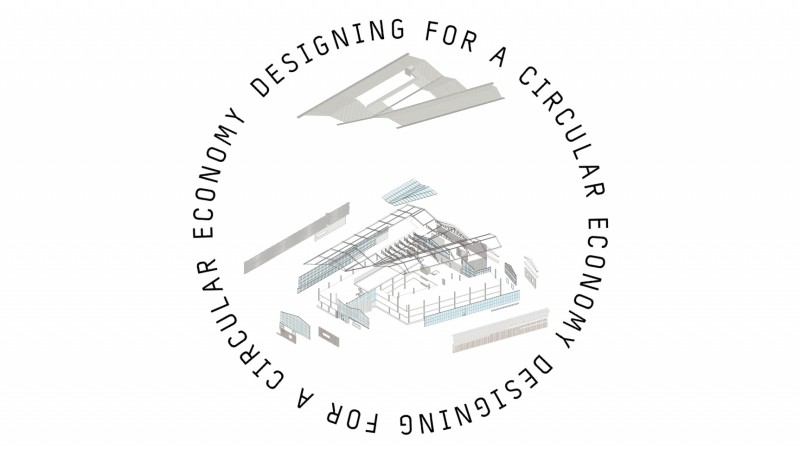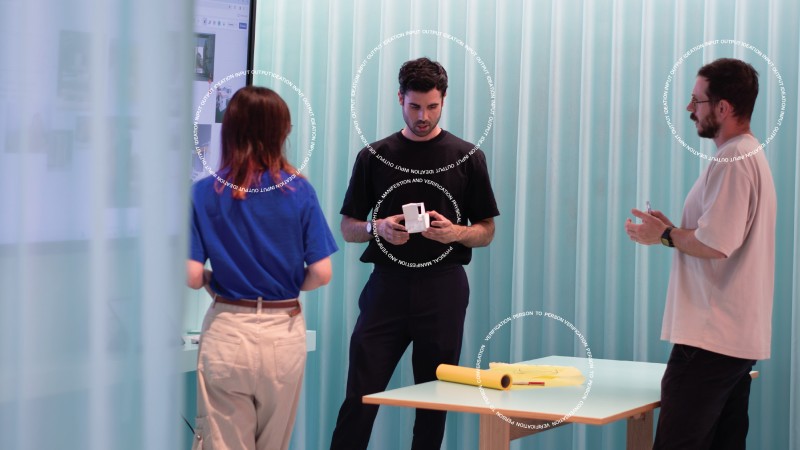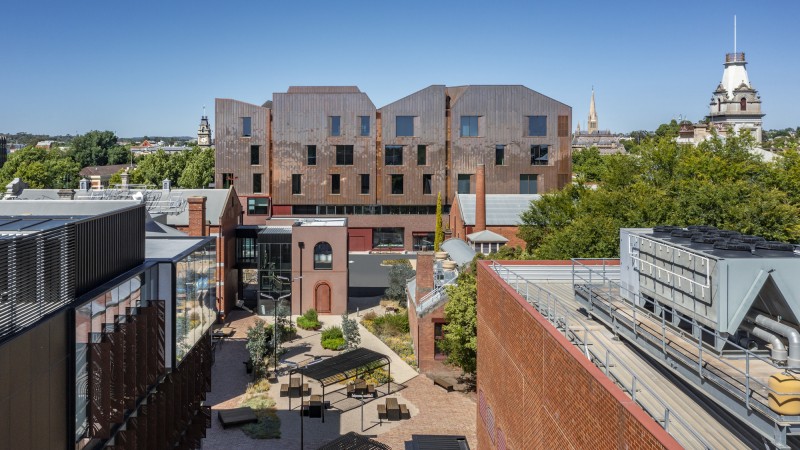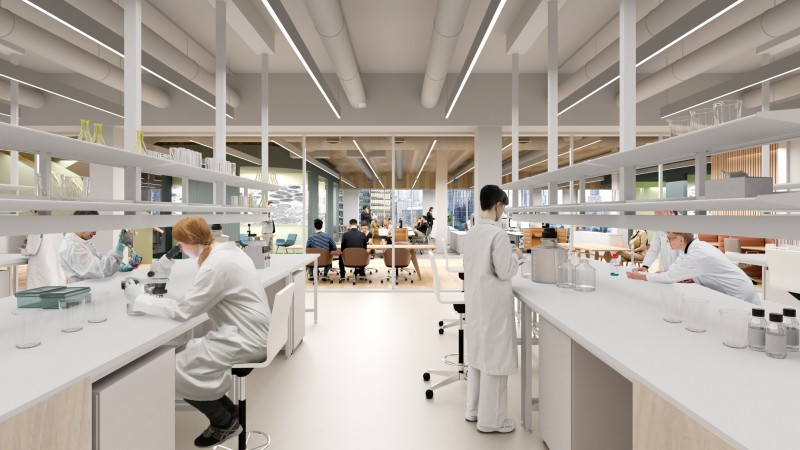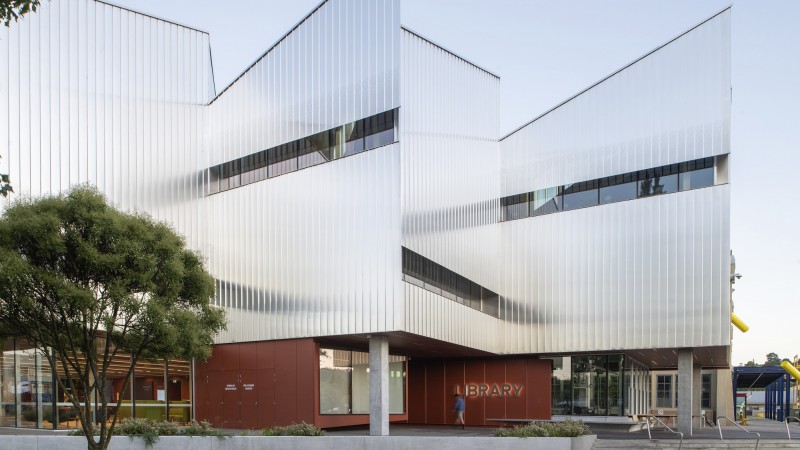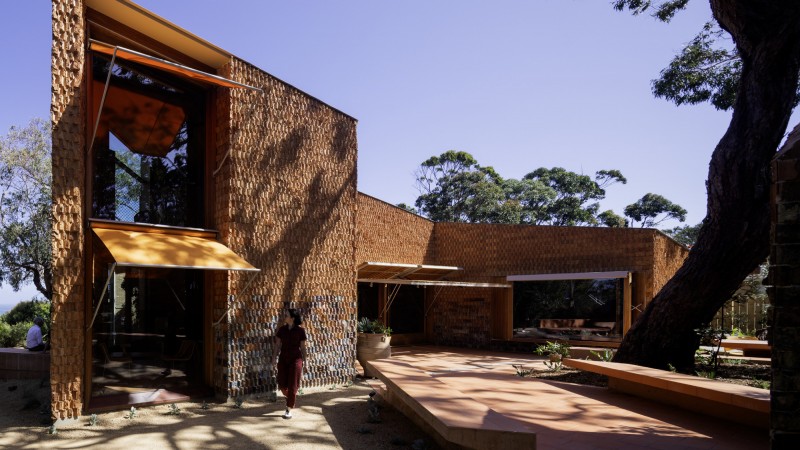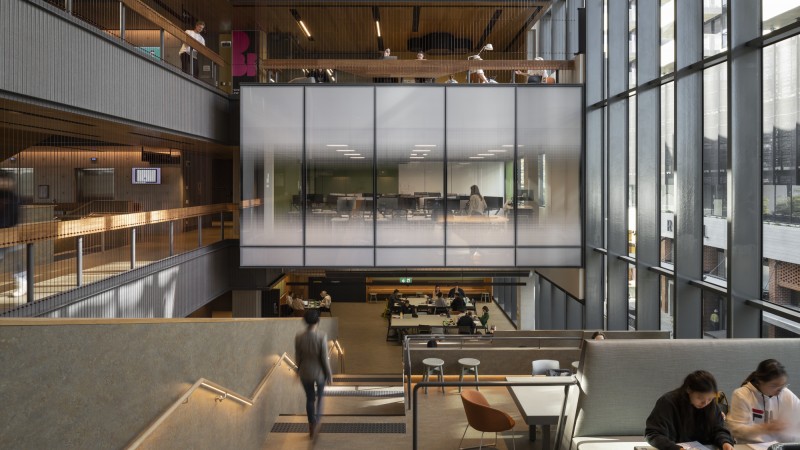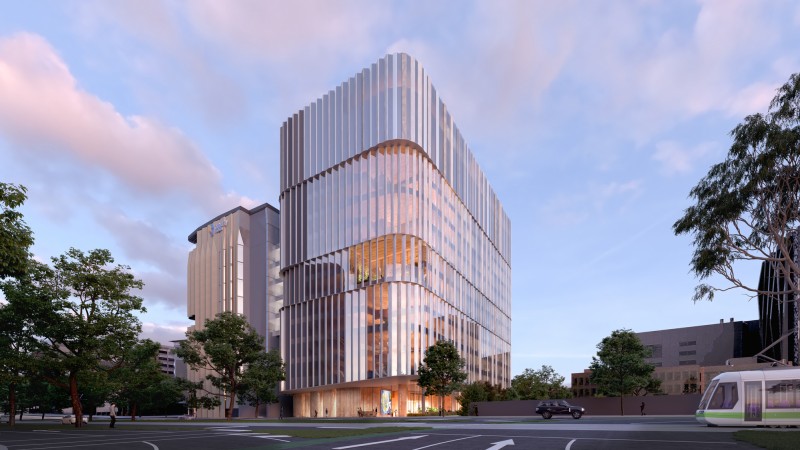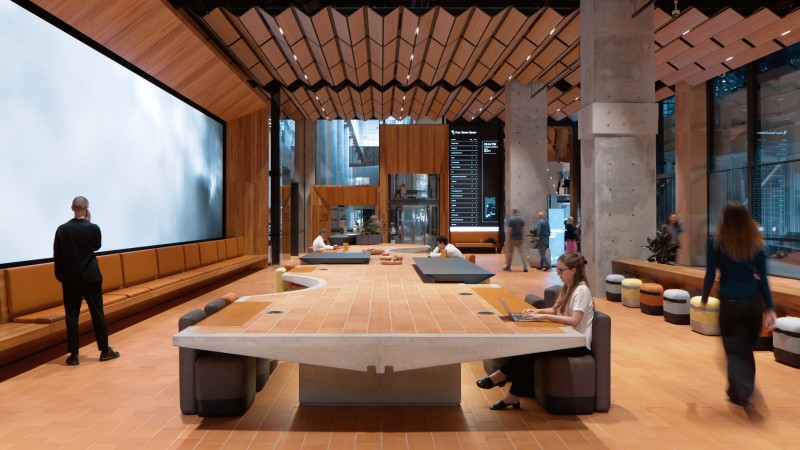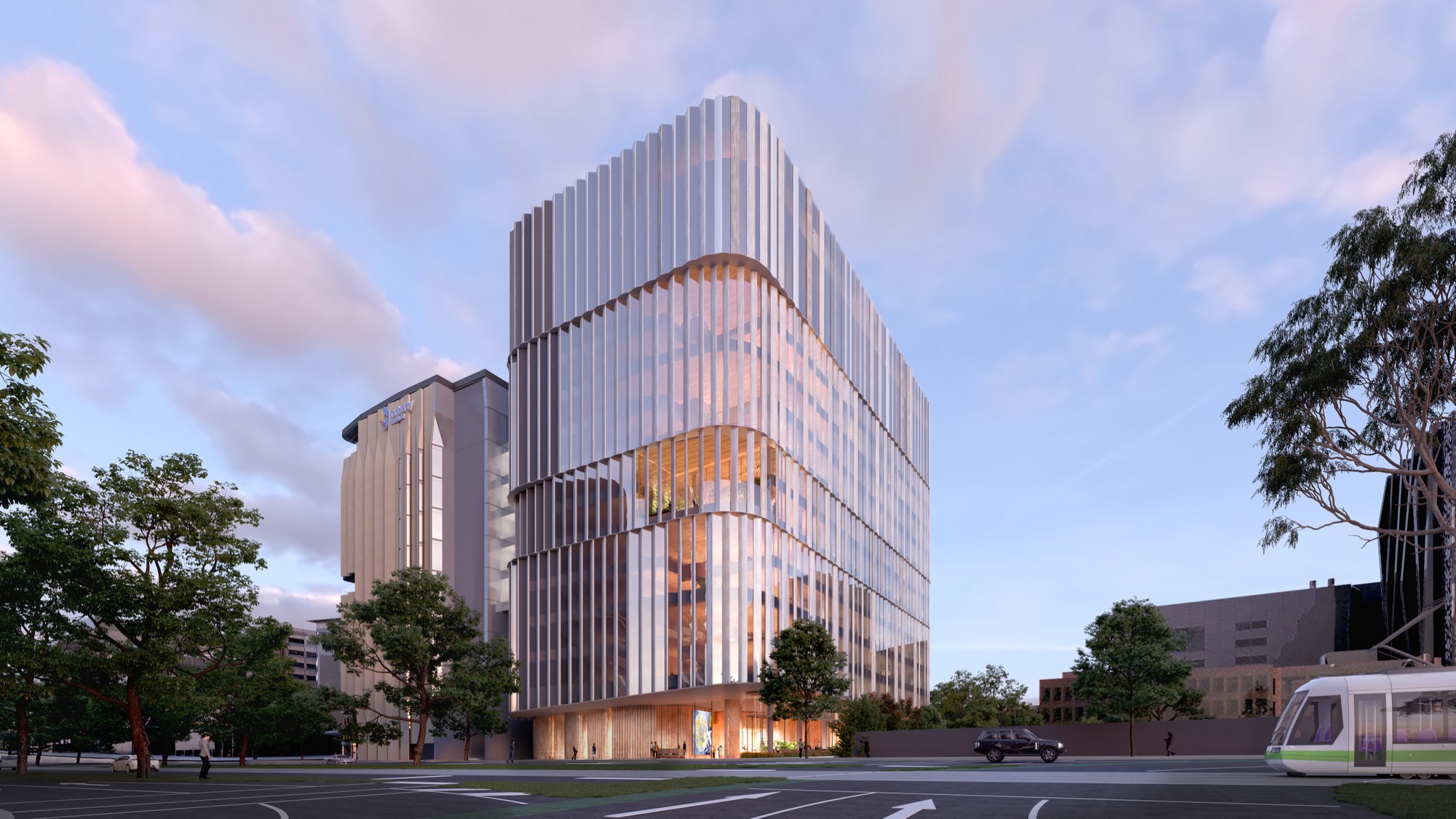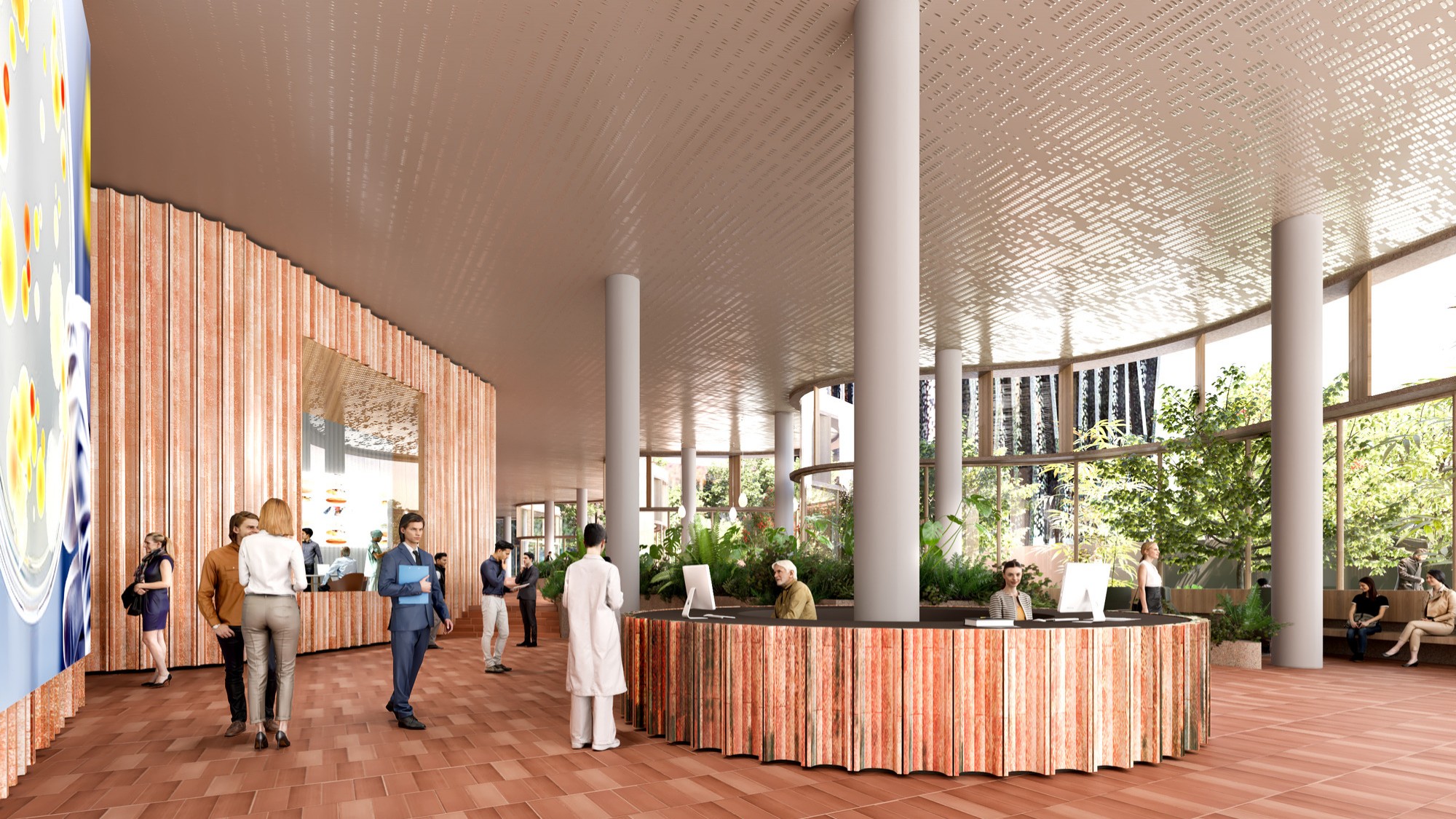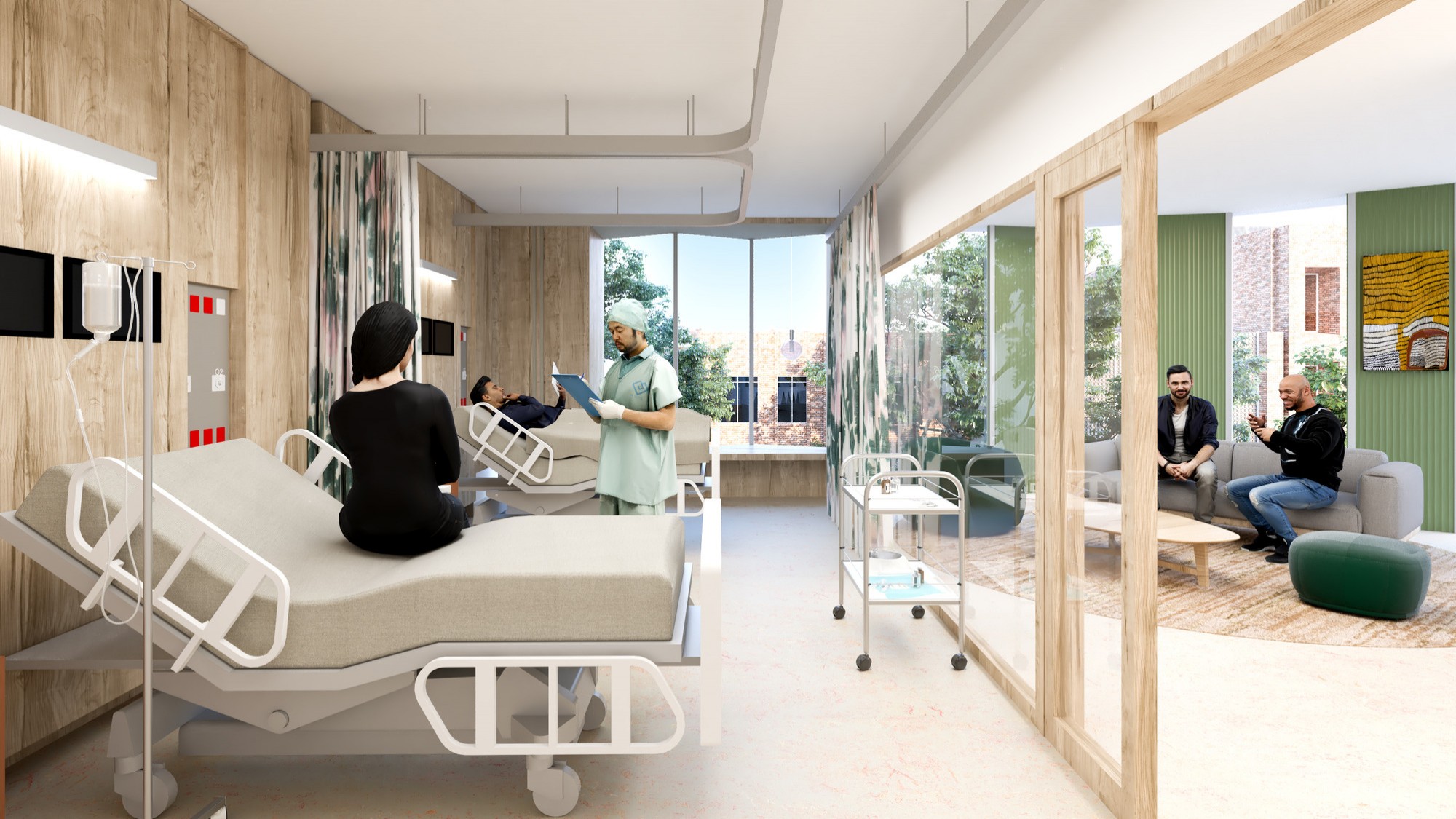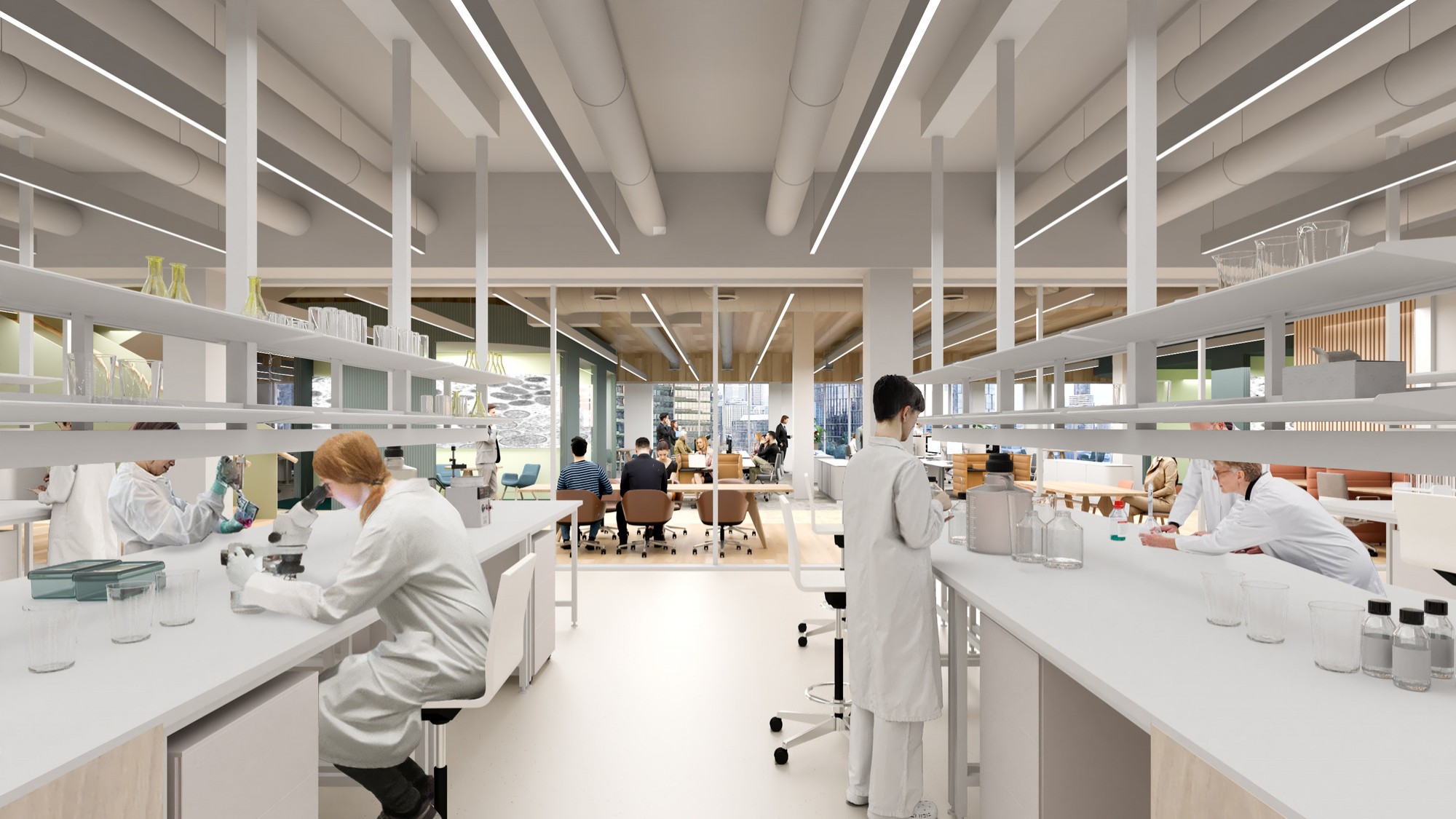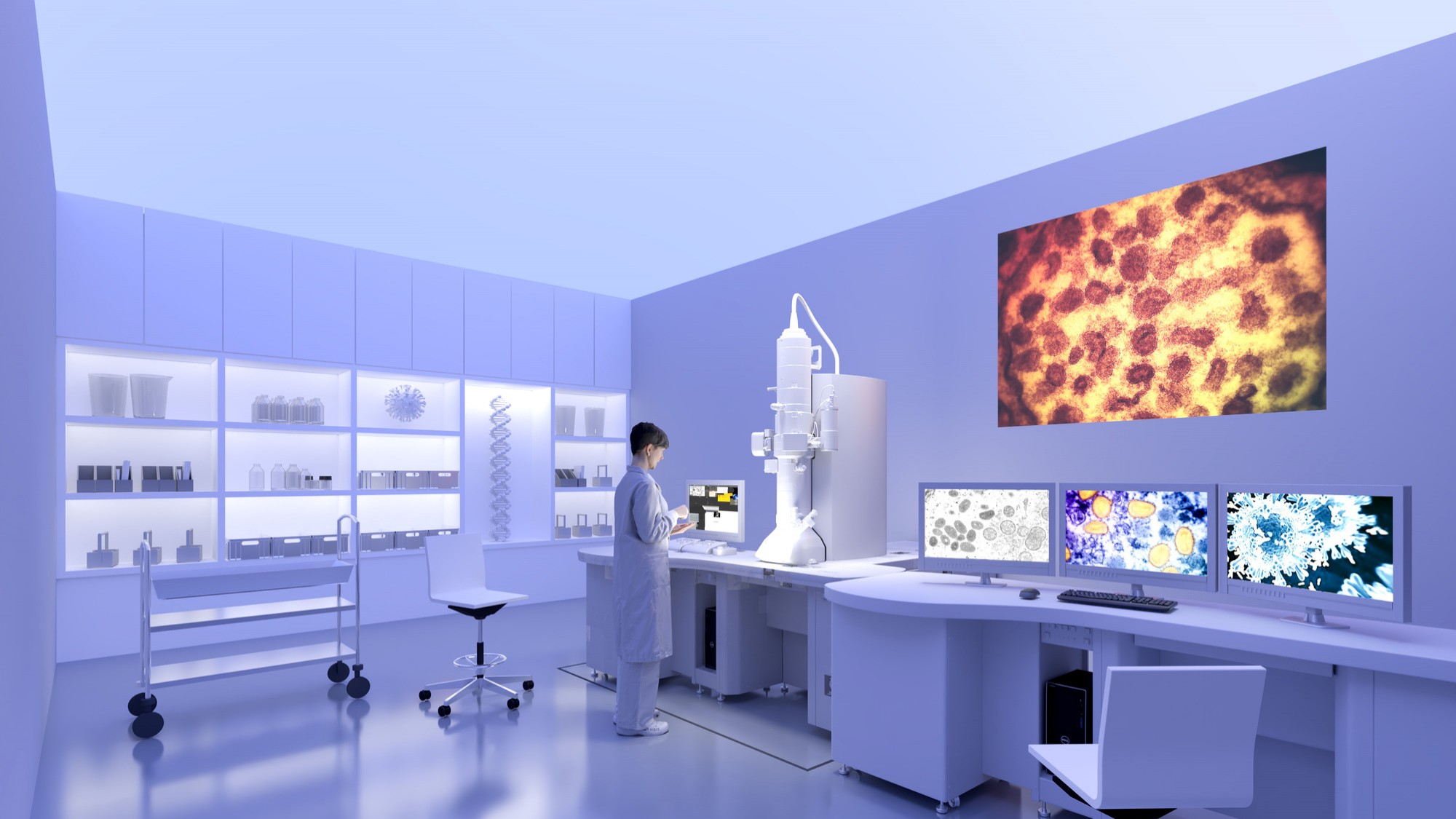Designed as a world leading facility of critical research infrastructure, the AIID will be equally a place for people, supporting collaboration between the foundation partners and numerous precinct and industry partners. With the aim of accelerating research and innovation in the fight against infectious diseases.
Project director and Partner at Wardle, Meaghan Dwyer, says that co-locating the AIID’s foundation partners in the Melbourne Biomedical Precinct will bring over 1,000 scientists, researchers, multi-disciplinary experts, and professionals together to share world-class research infrastructure and pursue their shared goal to protect Australia and the region against infectious diseases and future pandemics.
'Interdisciplinarity is essential for ground-breaking research. This building will provide a home for the three Foundation Partners while also supporting collaboration between them, and their many precinct and industry partners. This vast collective intelligence will advance Australia’s capability for detecting, preventing, and responding to pandemics and infectious diseases,” Dwyer said.
Founding Partner at Wardle, John Wardle says that ‘This will be a building for people as much as it is a place of world-class research infrastructure. Despite its vast scale this building will provide warm and empathetic spaces that will support human endeavour, for it is human endeavor that will unlock the challenges we face.’
The new building will sit on the south side of the existing Peter Doherty Institute, a location prominent from the Haymarket Roundabout. While in the early stages of design the singular form of the building will be marked with horizontal striations suggesting an arrangement of parts. The façade will be characterized by low carbon natural materials, perhaps terracotta or stone. The ground floor will offer both collaborative work settings and passage from Elizabeth Street to Berkley Street through a warmly appointed foyer that will be visually connected to external landscaping along Haymarket Walk. The floors above will typically provide laboratories to the north and workspace to the south, taking advantage of indirect natural daylight. Spaces that support collaboration will be arranged throughout the building with key public outreach spaces located at the top habitable level with the benefit of roof lighting and an external rooftop garden.
